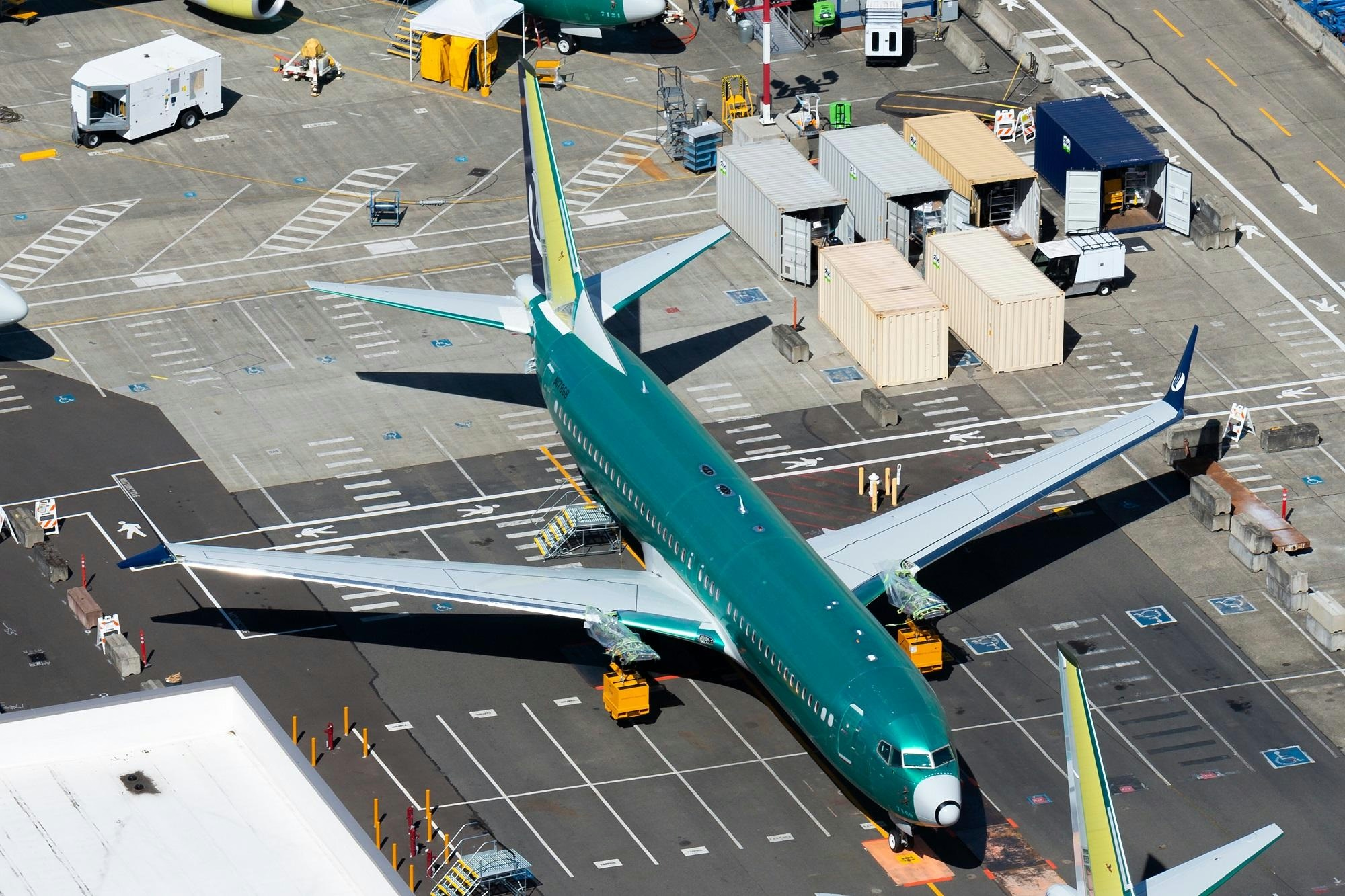
Correo más inteligente, negocios más rápidos. Etiqueta, analiza y responde automáticamente a solicitudes, cotizaciones, pedidos y más — al instante.
Tendencias
Categories
VoltAero’s Cassio 330 Advances Electric-Hybrid Aviation
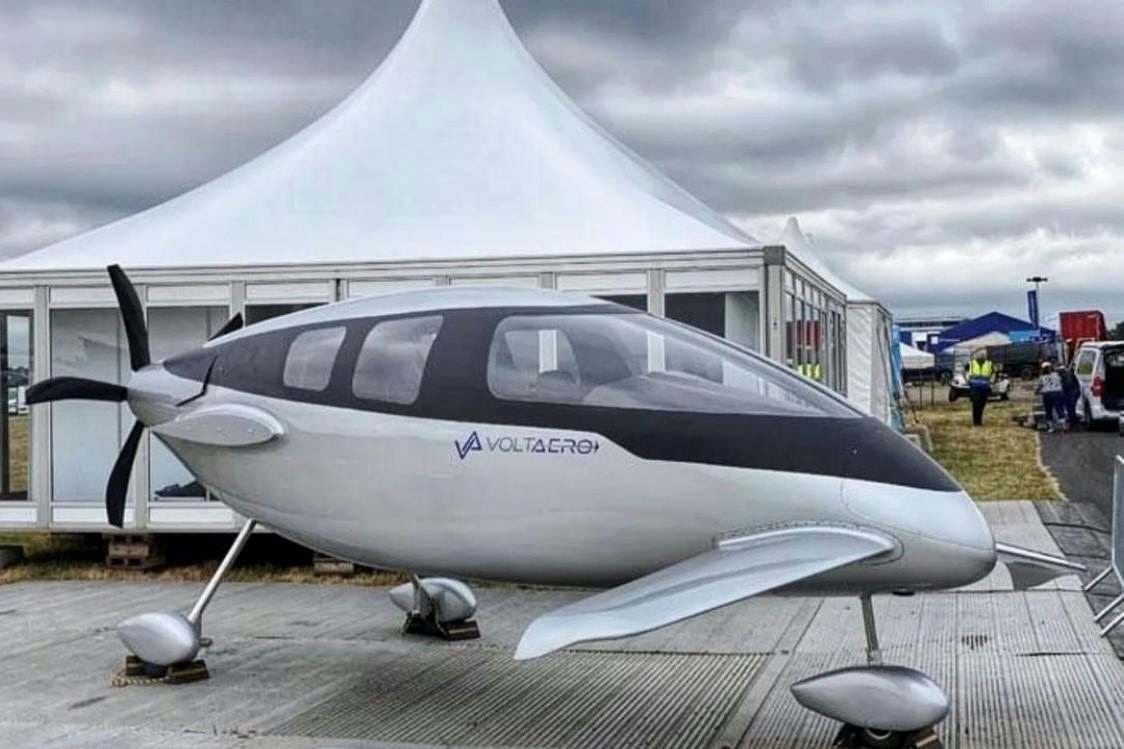
VoltAero’s Cassio 330 Advances Electric-Hybrid Aviation
As the aviation sector intensifies efforts to develop cleaner and more efficient modes of flight, VoltAero’s Cassio 330 is emerging as a notable advancement in electric-hybrid aircraft technology. Engineered specifically for regional air mobility, the Cassio 330 combines innovative hybrid propulsion with practical design elements, presenting a viable vision for the future of short- to mid-range air travel.
Hybrid Powertrain and Operational Efficiency
At the heart of the Cassio 330 lies a sophisticated hybrid-electric powertrain that transcends the conventional approach of simply integrating batteries into existing aircraft designs. VoltAero has developed a dual-drive system featuring two rear-mounted electric motors working in concert with a four-cylinder internal combustion engine. This configuration enables seamless switching between electric and fuel power, optimizing operational efficiency while significantly reducing emissions.
The aircraft employs electric power exclusively during taxiing and takeoff phases, which contributes to quieter airport operations and lowers ground-level emissions—benefits that are increasingly important for both operators and surrounding communities. Once airborne, the lightweight combustion engine extends the aircraft’s range without compromising its environmental advantages. The Cassio 330 offers an all-electric range of approximately 110 nautical miles, suitable for short commutes and regional flights. For longer journeys, the hybrid system extends the total range up to 650 nautical miles, covering many intercity routes across Europe and cross-state flights in the United States. With a cruising speed near 230 miles per hour, the Cassio 330 balances efficiency and speed, positioning itself as a practical alternative to traditional light aircraft.
Design, Comfort, and Market Prospects
The Cassio 330’s interior reflects the same thoughtful engineering as its propulsion system. Its modular cabin accommodates one pilot and up to five passengers, with a flexible layout adaptable for various roles including air taxi services, corporate transport, or medical evacuation missions. Large windows flood the cabin with natural light, creating an ambiance comparable to that of premium business jets. Additionally, the aircraft’s modular architecture facilitates maintenance by providing easy access to components, thereby minimizing operational downtime.
VoltAero has strategically refined the Cassio 330’s design to more closely resemble conventional aircraft configurations, a move aimed at easing the certification process with the European Union Aviation Safety Agency (EASA). Securing regulatory approval remains a critical step as the company advances toward commercial deployment of its hybrid-electric aircraft.
Market interest has been promising, highlighted by a significant order from a Malaysian flight school, which underscores the potential for hybrid-electric technology in pilot training applications. While responses from competitors are yet to materialize, VoltAero’s progress in hybrid-electric propulsion is attracting considerable attention within the aviation industry.
The Cassio 330 stands as a meaningful development in the pursuit of sustainable regional aviation. As the industry seeks to reduce emissions without sacrificing range or reliability, VoltAero’s hybrid-electric approach offers a compelling blend of innovation, practicality, and environmental stewardship.
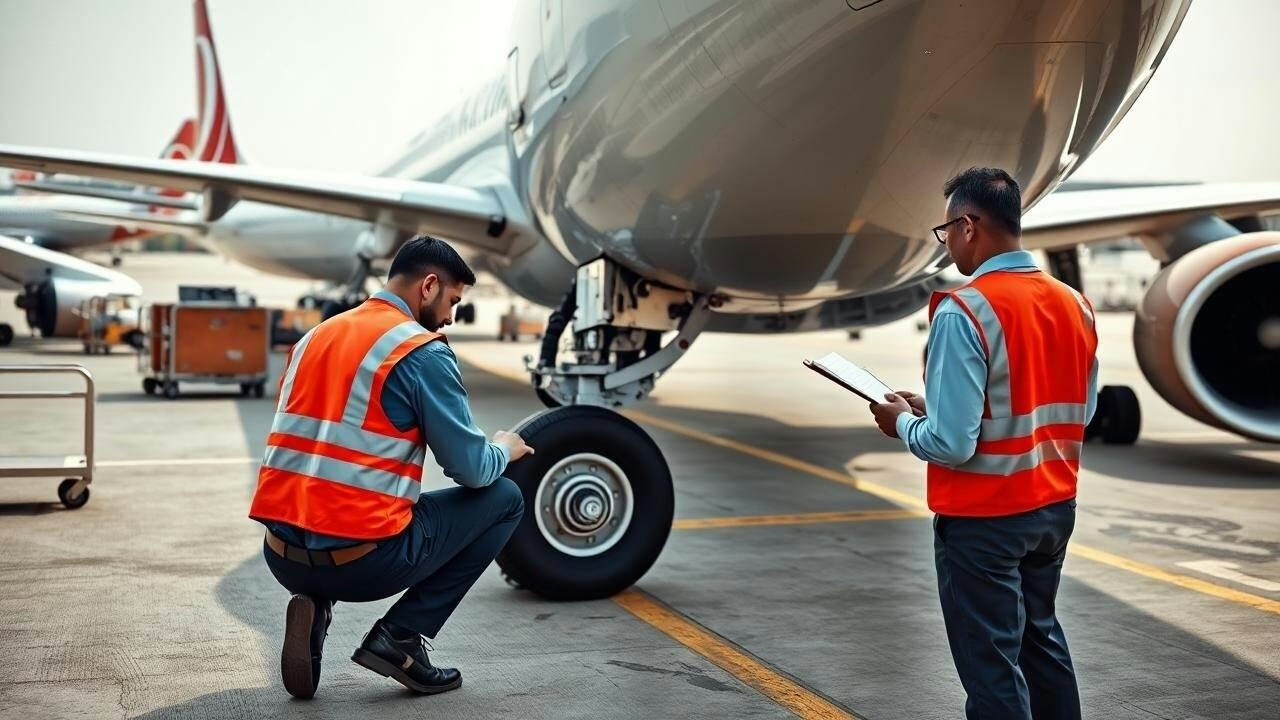
India and Turkey Strengthen Civil Aviation Ties with New Aircraft Leasing Agreements
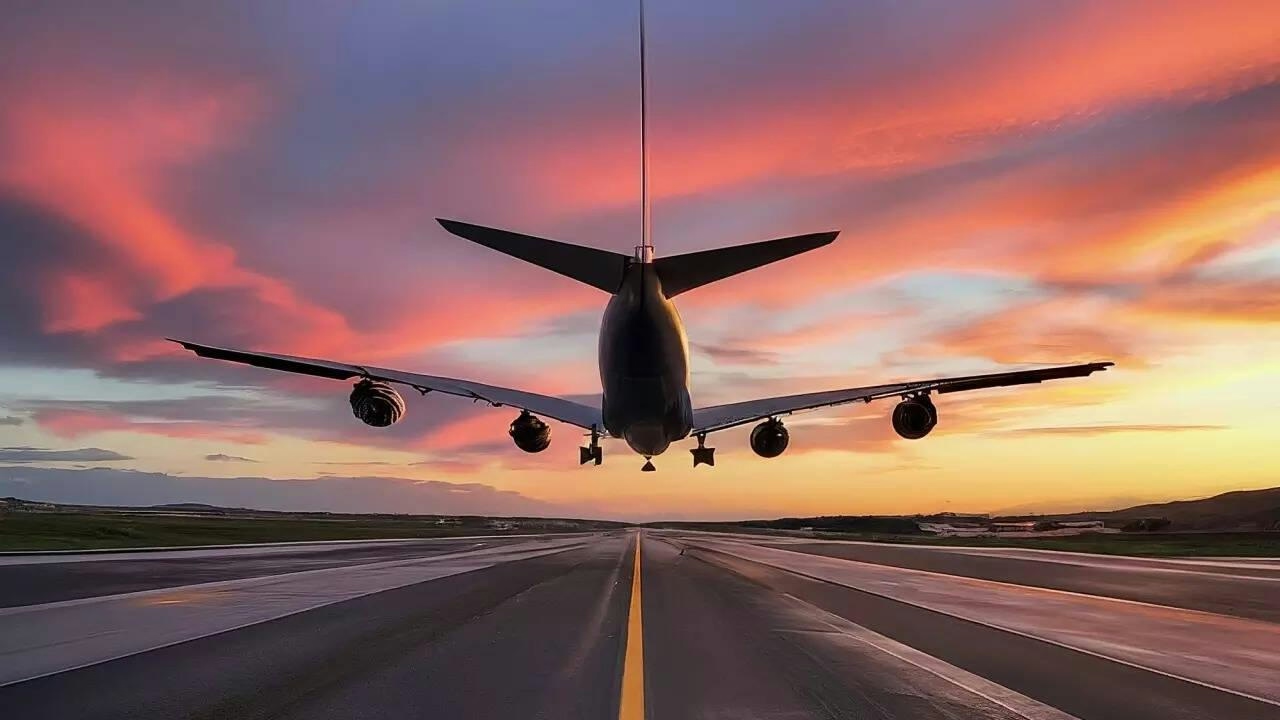
India Restores Aviation Links with Turkey, Extends Leasing Deal Amid Pakistan Airspace Ban
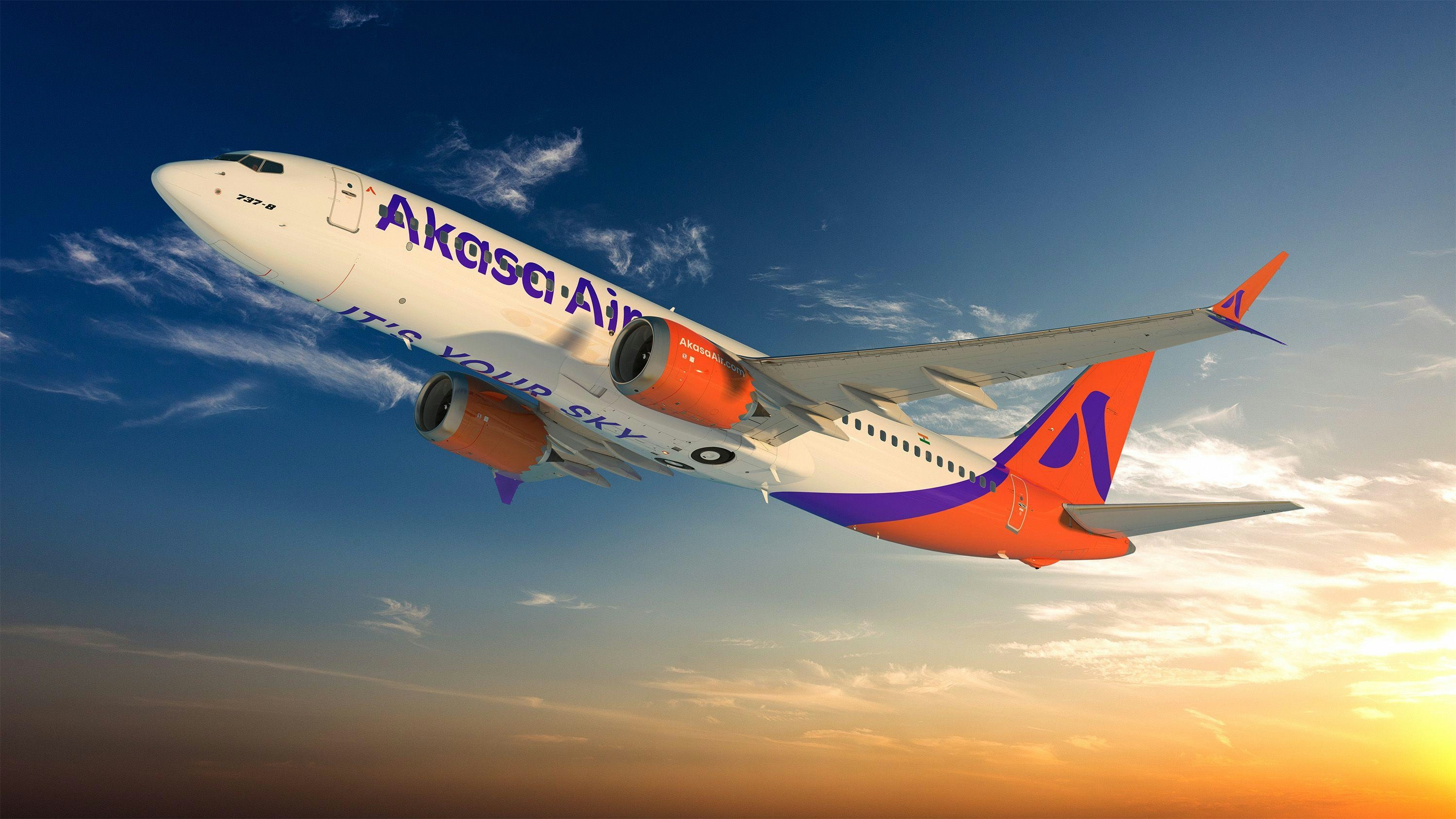
Akasa Air Plans to Expand Fleet to 40 Aircraft by FY26 Amid Boeing Supply Chain Improvements
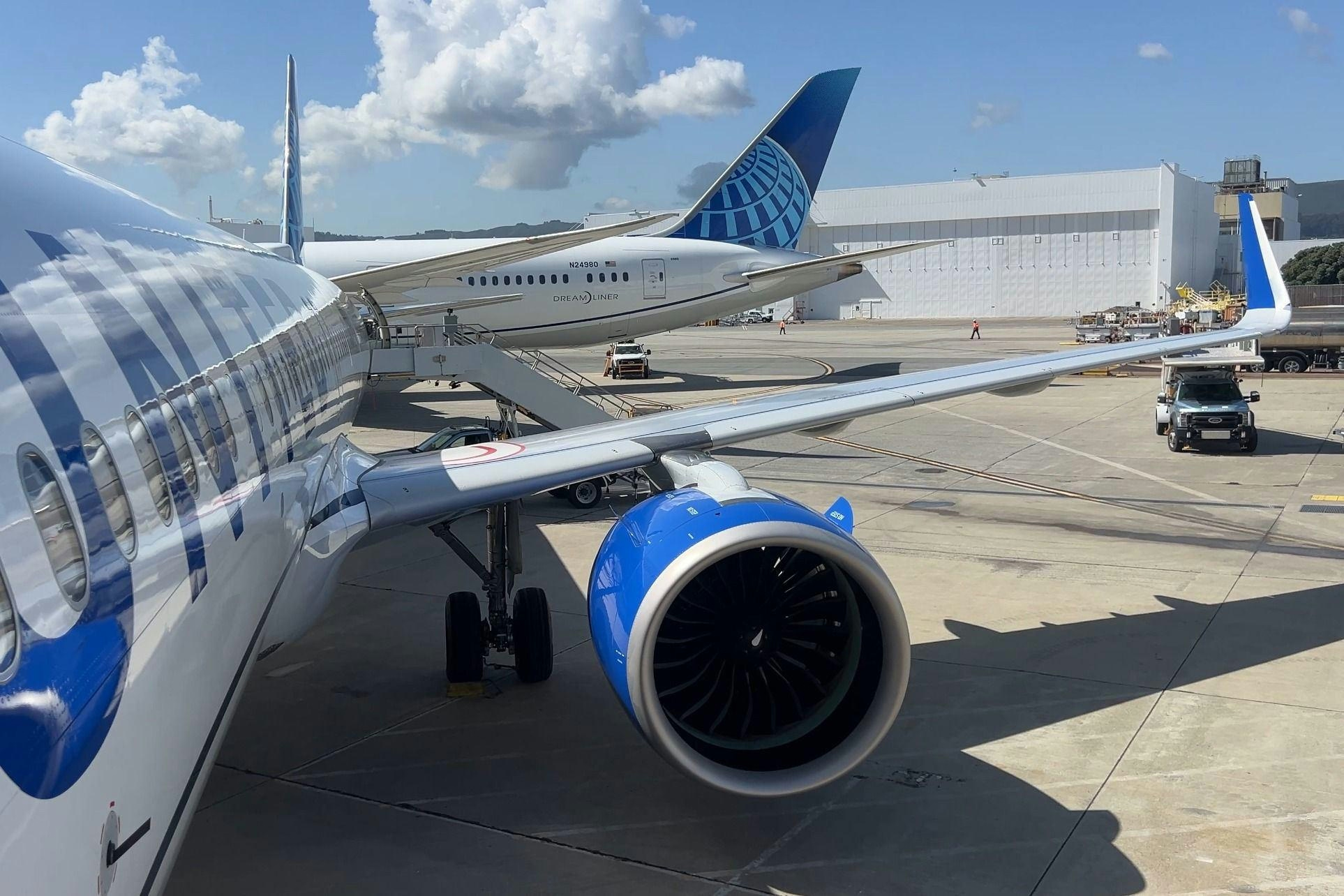
Which Narrowbody Aircraft Is United Airlines the Largest and Only U.S. Operator Of?
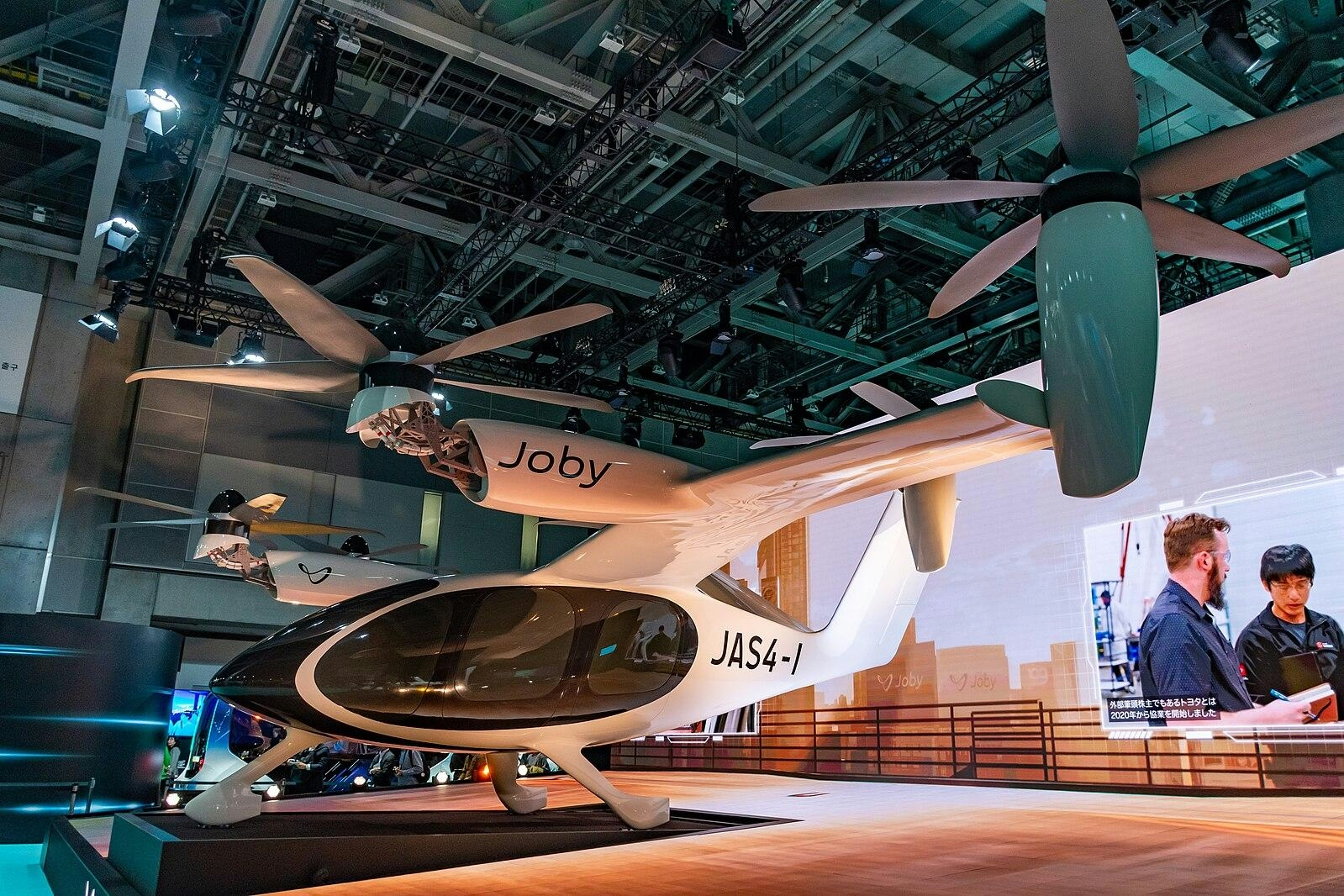
Joby Aviation Shares Fall 0.84% Amid Regulatory Delays and Partnership Changes
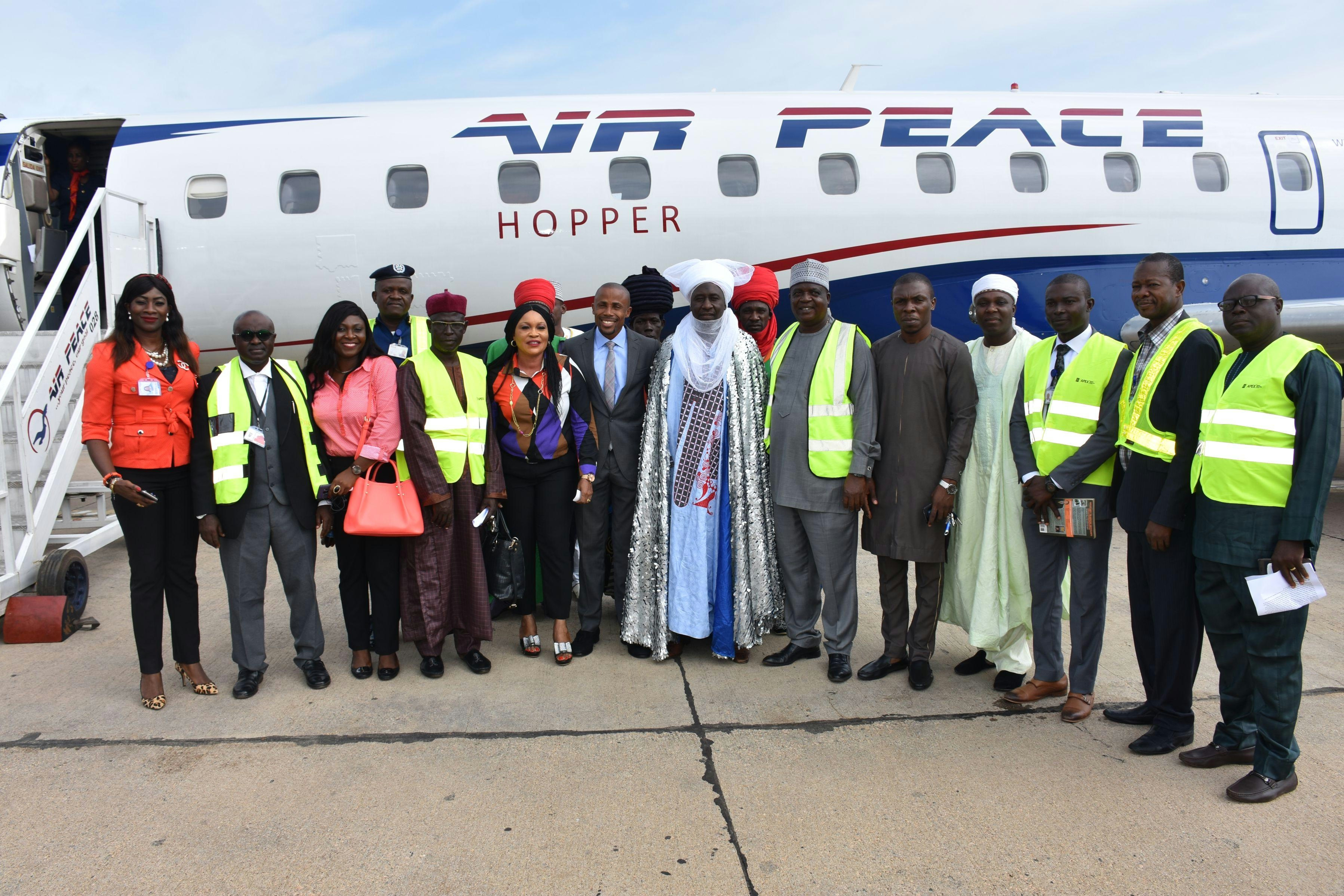
Air Peace Expands Lagos Hub to Enhance West Africa Travel
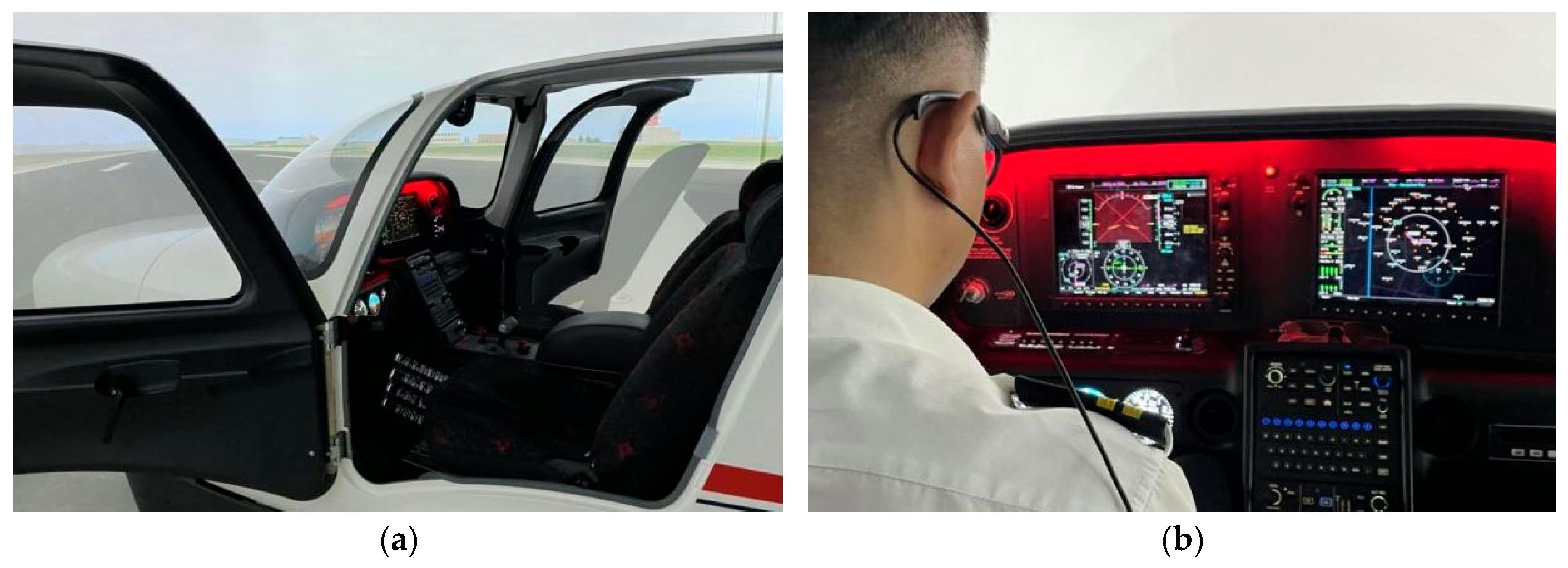
APC Introduces Project ORCA AI Tools for Pilot Training

Autonomy Proving Ground Conducts First Alternative Navigation Flight
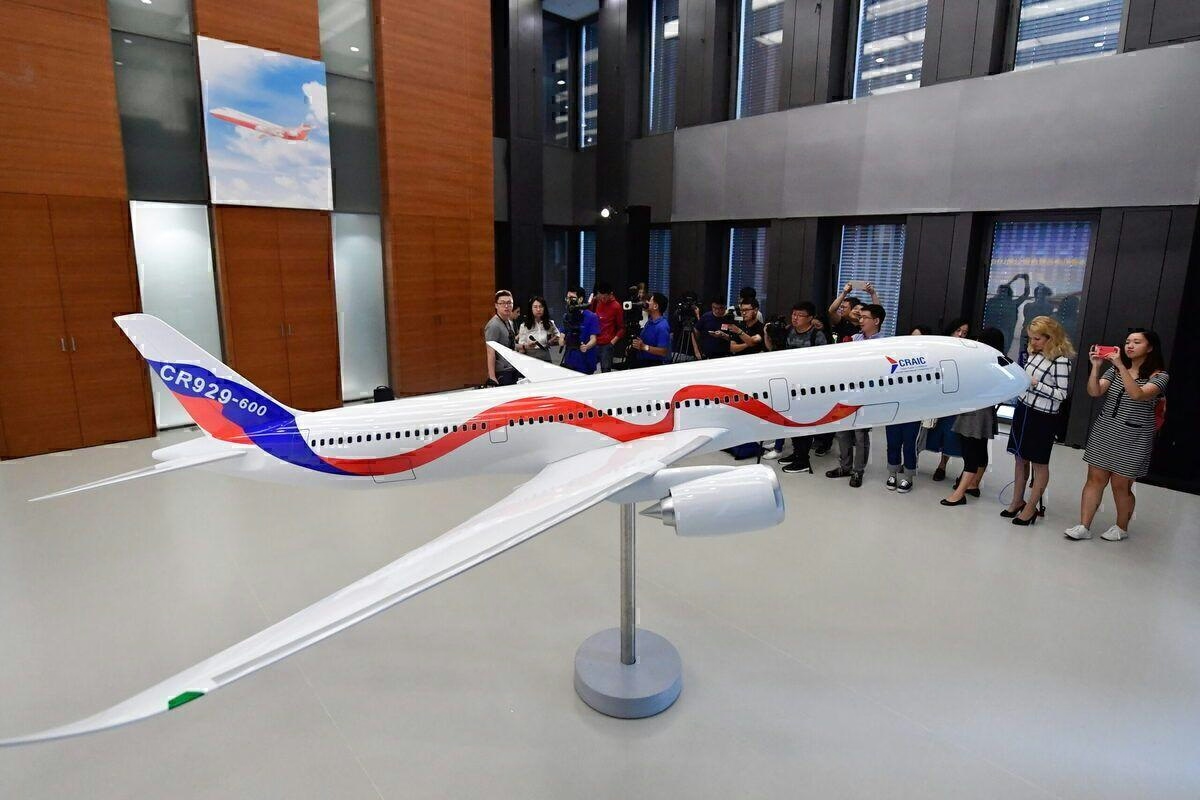
Can Russia’s new widebody aircraft rival Boeing’s Dreamliner?
